Call centers, being the frontline of customer interactions for many organizations, are under immense pressure to deliver exceptional experiences while managing operational costs and resource constraints.
This is where call center automation emerges as a game-changer, empowering businesses to streamline operations, enhance productivity, and elevate customer satisfaction to new heights.
By leveraging cutting-edge technologies and intelligent automation solutions, call centers can unlock a lot of benefits that not only improve efficiency but also drive long-term growth and competitiveness.
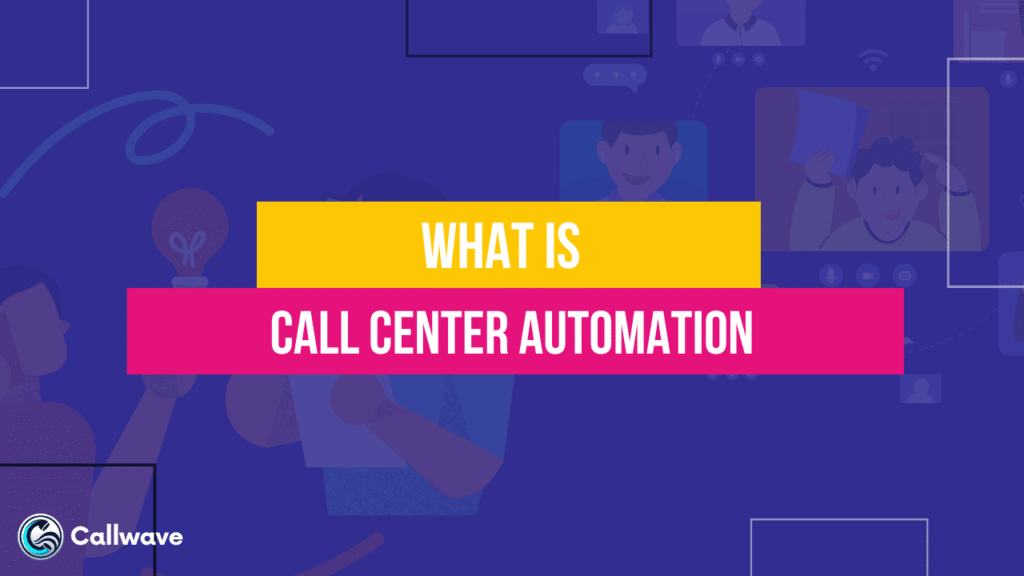
What is Call Center Automation?
Call center automation refers to the integration of various technologies and software solutions aimed at streamlining and optimizing the operations within a call center environment.
It encompasses a range of tools and processes designed to enhance efficiency, improve customer experience, and reduce operational costs.
Here’s a detailed breakdown of what call center automation entails:
1. Interactive Voice Response (IVR) Systems:
Interactive Voice Response (IVR) systems are automated phone systems that interact with callers through pre-recorded voice prompts and touch-tone input.
These systems can handle routine tasks such as account inquiries, appointment scheduling, and basic customer support.
IVR systems reduce the need for human agents to handle simple requests, allowing them to focus on more complex issues.
By efficiently routing calls and gathering relevant information upfront, IVR systems ensure faster resolution times and improved customer satisfaction.
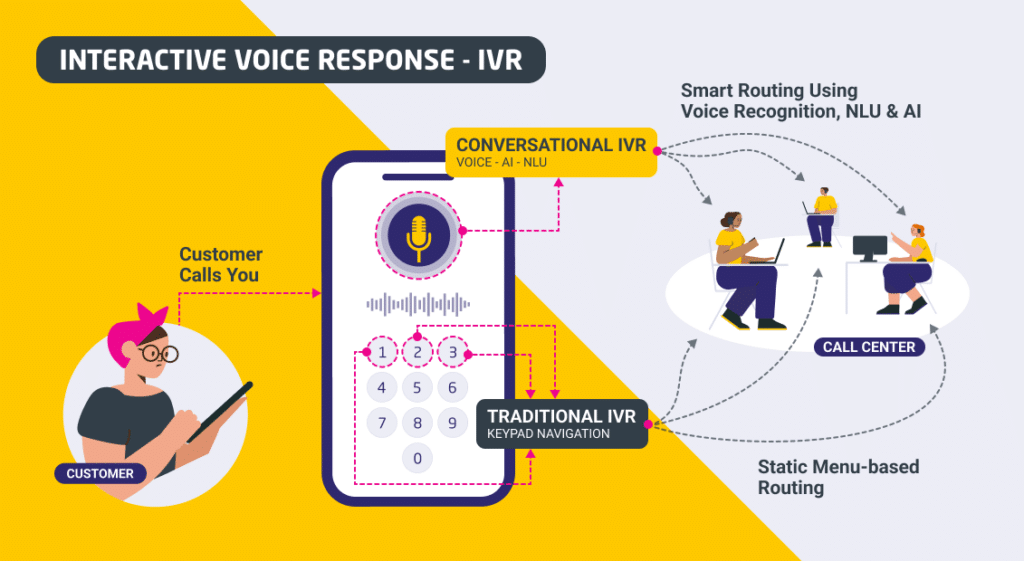
2. Automatic Call Distribution (ACD)
Automatic Call Distribution (ACD) is a technology that intelligently routes incoming calls to the most appropriate agent based on predefined criteria such as agent skill set, language proficiency, or workload distribution.
This ensures that callers are connected with the best-suited agent, reducing wait times and enhancing the overall customer experience.
ACD systems often integrate with workforce management tools to optimize agent scheduling and resource allocation.
3. Computer Telephony Integration (CTI)
CTI is the integration of telephone systems with computer systems, enabling seamless data exchange between the two.
CTI allows agents to access customer information, account details, and call history directly on their computer screens while handling calls.
This eliminates the need for manual data entry and reduces the risk of errors, ultimately leading to more efficient and personalized customer interactions.
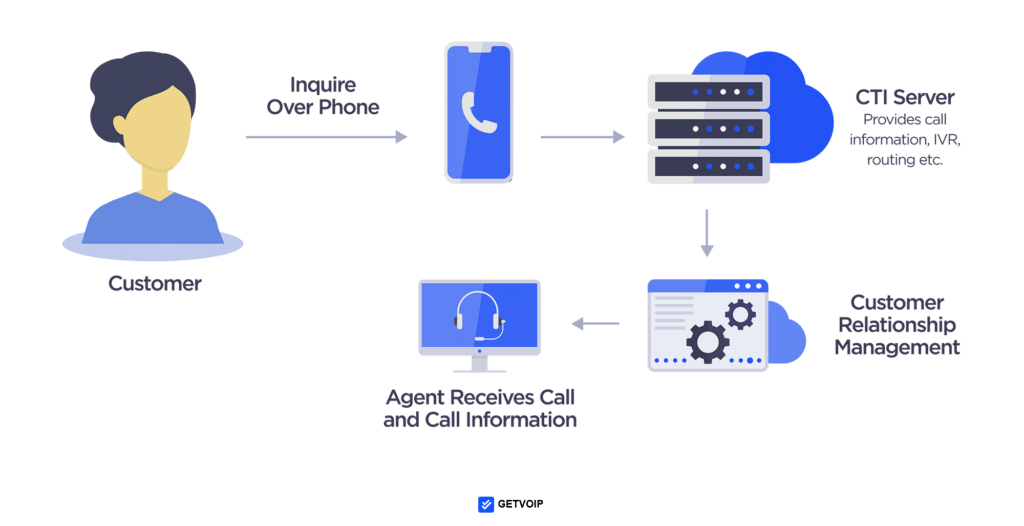
4. Workforce Management (WFM) Solutions:
WFM solutions help call centers optimize their staffing levels and schedule agents effectively. These tools leverage historical data, forecasting algorithms, and real-time monitoring to predict call volumes and manage staffing requirements accordingly.
WFM solutions also assist in monitoring agent performance, identifying training needs, and ensuring compliance with service level agreements (SLAs).
5. Intelligent Call Routing and Skills-based Routing
Intelligent call routing and skills-based routing are advanced techniques that leverage customer data and agent skills to route calls to the most appropriate agent.
These systems consider factors such as language preferences, product knowledge, and customer history to match callers with agents who possess the relevant expertise.
This approach ensures efficient call handling, reduces transfer rates, and improves first-call resolution rates.
6. Speech Analytics and Quality Monitoring
Speech analytics and quality monitoring tools analyze recorded call conversations to identify trends, patterns, and areas for improvement.
These tools can automatically transcribe and analyze call recordings, providing valuable insights into customer sentiments, agent performance, and compliance with scripts and protocols.
This data can be used for agent coaching, process optimization, and identifying training needs, ultimately leading to enhanced customer satisfaction and operational efficiency.
By automating routine tasks, intelligently routing calls, and providing valuable insights through data analysis, call center automation enhances overall productivity, reduces operational costs, and contributes to a superior customer experience.

Why is Call Center Automation Important?
Call center automation is important for several reasons, and its significance can be understood from various perspectives:
- Improved Customer Experience:
- Automation technologies like IVR, intelligent call routing, and skills-based routing ensure that customers are quickly connected to the most suitable agent, reducing wait times and increasing first-call resolution rates.
- Automated systems can handle routine inquiries and tasks, freeing up agents to focus on more complex issues that require human intervention, leading to more personalized and efficient service.
- Integration with customer data and call history through CTI allows agents to provide seamless and personalized experiences, enhancing customer satisfaction.
- Increased Operational Efficiency:
- Automation eliminates manual and repetitive tasks, reducing the risk of human errors and increasing overall productivity.
- Workforce management solutions optimize staffing levels and schedules, ensuring appropriate resource allocation based on call volume forecasts and historical data.
- Automated call distribution and routing mechanisms ensure efficient call handling and load balancing among agents, maximizing resource utilization.
- Speech analytics and quality monitoring tools provide valuable insights for process optimization, agent coaching, and continuous improvement initiatives.
- Cost Savings:
- By handling routine tasks through automation, call centers can reduce the need for additional staffing, resulting in significant cost savings.
- Improved first-call resolution rates and reduced call handling times lead to lower operational costs and increased agent productivity.
- Automated systems operate 24/7, eliminating the need for human agents during off-peak hours, further reducing labor costs.
- Scalability and Flexibility:
- Automated systems can handle fluctuations in call volumes more effectively than manual processes, allowing call centers to scale operations up or down as needed.
- Integration with cloud-based solutions enables remote agent access and distributed workforce models, providing flexibility and business continuity.
- Modular and configurable automation solutions allow call centers to adapt to changing business needs and evolving customer expectations.
- Data-driven Decision Making:
- Automation technologies generate vast amounts of data, including call recordings, customer interactions, and agent performance metrics.
- Speech analytics and quality monitoring tools leverage this data to provide valuable insights for data-driven decision-making, enabling call centers to identify areas for improvement, optimize processes, and drive strategic business decisions.
- Compliance and Consistency:
- Automated systems ensure consistent adherence to scripts, protocols, and regulatory requirements, reducing the risk of non-compliance and associated penalties.
- Quality monitoring tools can detect deviations from established procedures, enabling timely corrective actions and ensuring consistent service delivery across all interactions.
By embracing call center automation, organizations can enhance customer experiences, improve operational efficiency, reduce costs, enable scalability and flexibility, make data-driven decisions, and maintain compliance and consistency.
How to Integrate Call Center Automation?
Integrating call center automation involves a systematic approach that ensures seamless integration of various technologies and processes.
Here’s a step-by-step guide on how to integrate call center automation:
Step 1: Assess Current Operations and Identify Areas for Improvement
- Conduct a comprehensive assessment of your current call center operations, including processes, technologies, and performance metrics.
- Identify areas that can benefit from automation, such as high call volumes, long wait times, repetitive tasks, or manual data entry.
- Gather input from agents, supervisors, and customers to understand pain points and opportunities for improvement.
Step 2: Define Goals and Objectives
- Clearly define the goals and objectives you want to achieve through call center automation, such as improving customer satisfaction, increasing operational efficiency, reducing costs, or enhancing agent productivity.
- Establish quantifiable metrics and key performance indicators (KPIs) to measure the success of your automation initiatives.
Step 3: Select Appropriate Automation Technologies
- Based on your assessment and goals, evaluate and select the appropriate automation technologies that align with your requirements.
- Common technologies include Interactive Voice Response (IVR) systems, Automatic Call Distribution (ACD), Computer Telephony Integration (CTI), Workforce Management (WFM) solutions, and speech analytics tools.
- Consider integrating with existing systems, such as Customer Relationship Management (CRM) platforms, to ensure seamless data exchange and a unified customer experience.
Step 4: Develop an Implementation Plan
- Create a detailed implementation plan that outlines the timeline, resource requirements, training needs, and change management strategies.
- Identify potential risks and develop contingency plans to mitigate them.
- Involve key stakeholders, including IT teams, vendors, and user representatives, in the planning process to ensure a smooth transition.
Step 5: Configure and Integrate Automation Solutions
- Work closely with vendors or in-house IT teams to configure and integrate the selected automation solutions with your existing systems and infrastructure.
- Ensure proper data integration and synchronization between various components, such as IVR, ACD, CRM, and workforce management tools.
- Conduct thorough testing and debugging to identify and resolve any issues before going live.
Step 6: Train Agents and Staff
- Provide comprehensive training to agents, supervisors, and relevant staff on the new automation technologies and processes.
- Develop training materials, user guides, and standard operating procedures to ensure consistent adoption and usage.
- Address any concerns or resistance to change by clearly communicating the benefits of automation and involving employees in the transition process.
Step 7: Launch and Monitor
- Once the automation solutions are configured and tested, launch them in a phased or pilot approach to minimize disruptions and allow for adjustments.
- Closely monitor the performance of the automation solutions, gather feedback from agents and customers, and make necessary refinements.
- Continuously analyze data and metrics to identify areas for further optimization and process improvements.
Step 8: Continuous Improvement and Maintenance
- Establish a continuous improvement process to regularly evaluate the effectiveness of your automation solutions and identify opportunities for enhancement.
- Keep automation technologies up-to-date with the latest software updates, security patches, and feature releases.
- Adapt and refine your automation strategies based on changing business needs, customer expectations, and industry best practices.
Integrating call center automation is an ongoing process that requires careful planning, execution, and continuous optimization.
What are the different Types of Call Center automation?
1. Virtual Agents

Virtual agents, also known as conversational AI or chatbots, are software programs designed to simulate human-like conversations and interactions.
They can handle a wide range of customer inquiries and tasks through natural language processing (NLP) and machine learning algorithms. Self-service menus, often integrated with Interactive Voice Response (IVR) systems, provide callers with a menu of options to navigate and resolve their queries without the need for a live agent.
These automation tools can handle routine tasks such as account inquiries, password resets, order tracking, and frequently asked questions. They can provide 24/7 availability, reducing wait times and improving customer satisfaction.
Virtual agents can also be integrated with knowledge bases and CRM systems, ensuring consistent and up-to-date information for customers. Furthermore, they can escalate complex issues to live agents seamlessly, providing a seamless customer experience.
2. Automated Forecasting and Scheduling:
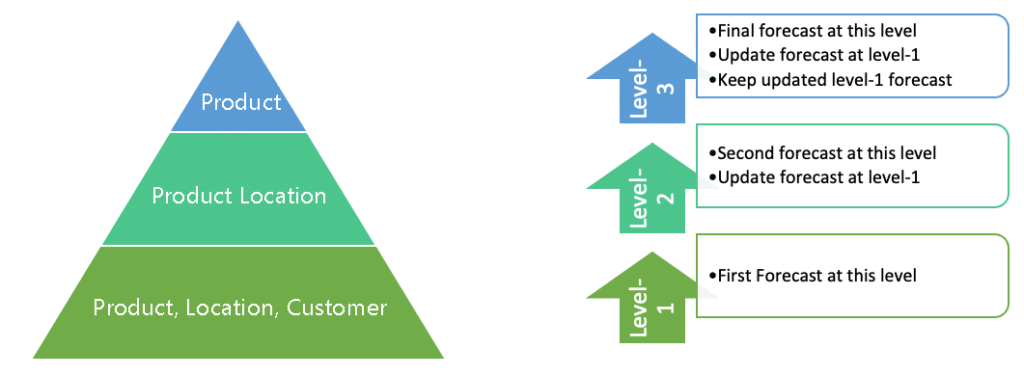
Automated forecasting and scheduling tools leverage historical data, machine learning algorithms, and real-time analytics to predict call volumes and optimize staffing levels.
These tools can analyze patterns in call volumes based on factors such as time of day, day of the week, seasonality, and external events. By accurately forecasting call volumes, call centers can ensure optimal agent scheduling, reducing overstaffing or understaffing scenarios.
Additionally, these tools can automatically generate schedules based on predefined rules, agent skills, and availability, ensuring efficient workforce management.
They can also account for factors such as breaks, training sessions, and shift preferences, helping to maintain a healthy work-life balance for agents. Automated forecasting and scheduling tools streamline the scheduling process, reduce manual effort, and optimize resource allocation, ultimately leading to improved operational efficiency and cost savings.
3. Workflow Automation
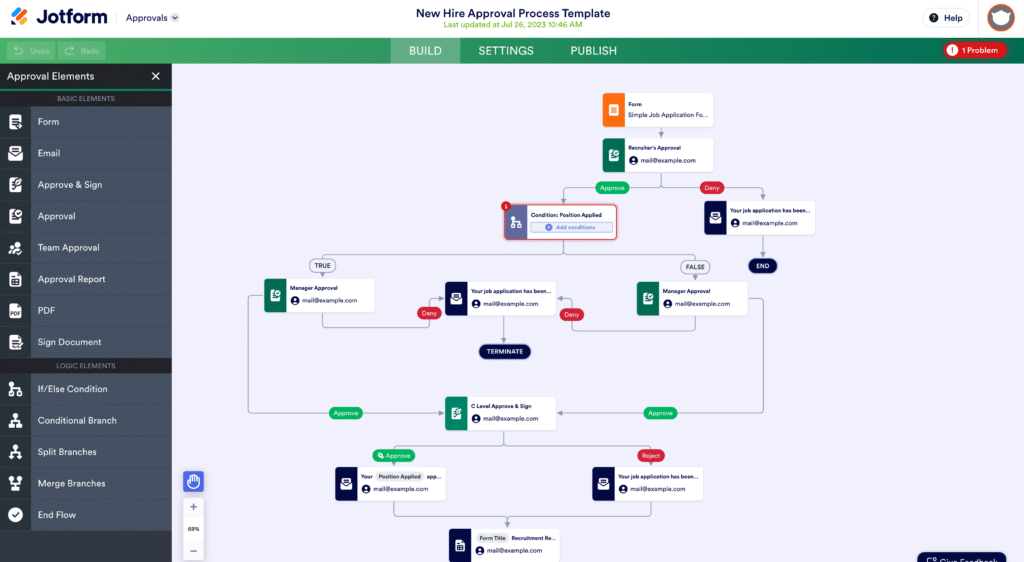
Workflow automations involve the integration of various call center technologies and processes to automate tasks and streamline operations. These automations can include:
- Automated call routing based on customer data, language preferences, or issue types
- Screen pops and data retrieval from CRM systems for agents during calls
- Automated call logging, note-taking, and disposition coding
- Automated escalation and prioritization of high-priority or complex issues
- Automated quality monitoring and scoring of call recordings
- Automated knowledge base updates and agent guidance based on frequently asked questions or emerging issues
By automating these workflows, call centers can reduce manual effort, minimize errors, and ensure consistent adherence to processes and protocols.
Workflow automations enhance agent productivity, improve first-call resolution rates, and provide a more efficient and seamless customer experience.
4. Live-Agent Guidance:
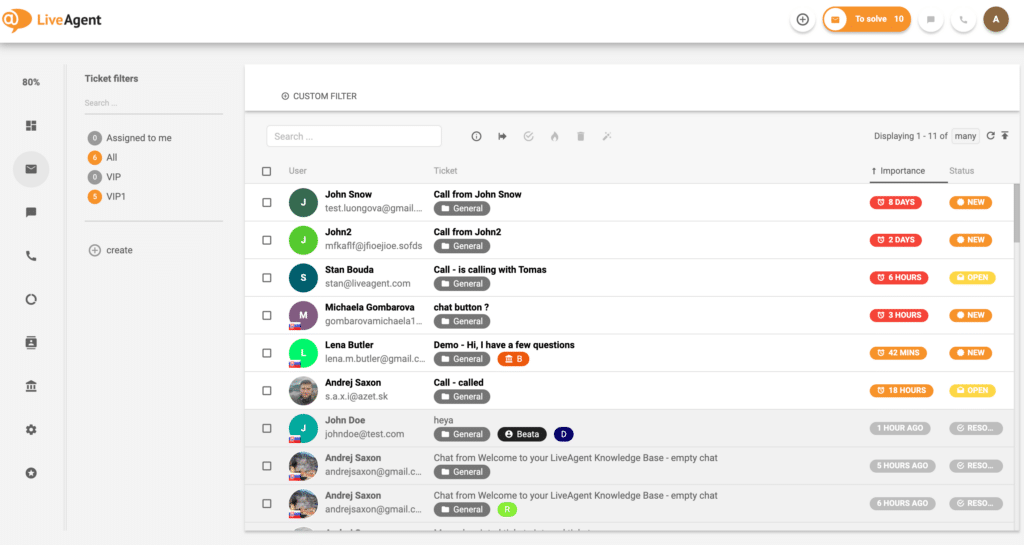
Live-agent guidance tools use artificial intelligence and machine learning to provide real-time assistance and guidance to agents during customer interactions.
These tools can analyze call transcripts, customer sentiments, and agent responses to offer context-specific recommendations, scripts, or knowledge base articles. They can also provide real-time coaching and feedback to agents, helping them navigate complex scenarios and adhere to best practices.
It can improve agent performance, ensure consistent and compliant service delivery, and reduce the need for extensive training. By providing agents with relevant information and guidance at the right time, these tools can enhance customer satisfaction, increase first-call resolution rates, and reduce handle times.
5. Proactive Outbound Messaging:
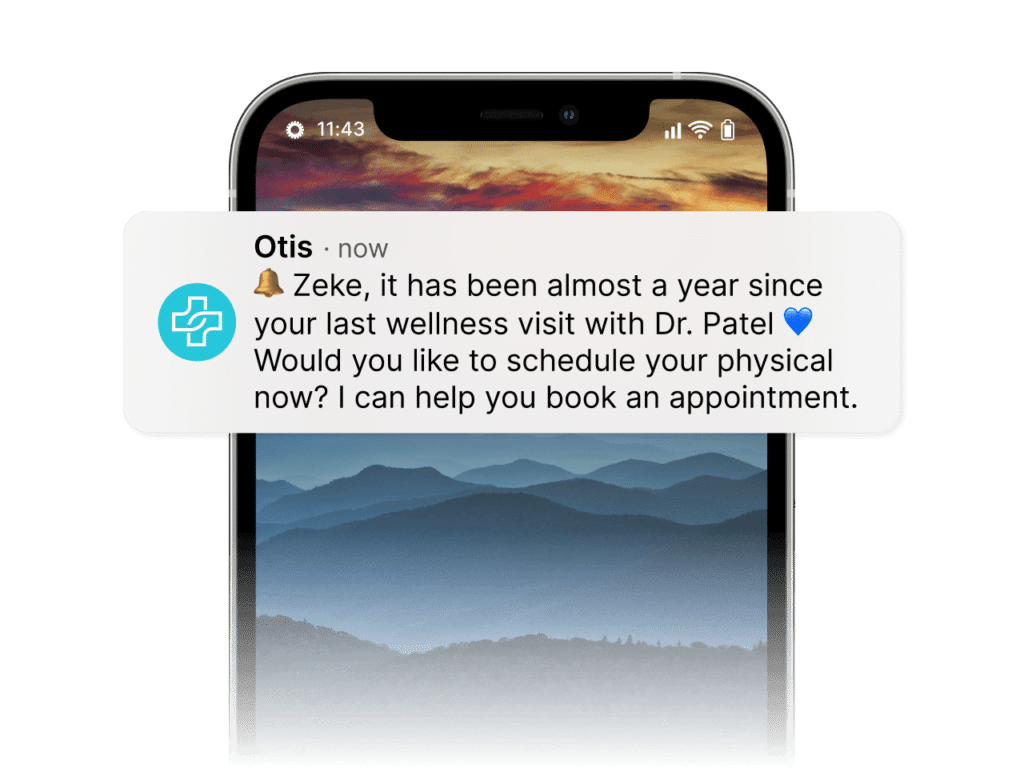
Proactive outbound messaging involves the automation of customer communications through various channels, such as voice calls, SMS, email, or mobile app notifications. These messages can be triggered by predefined events or customer actions, such as appointment reminders, service updates, billing notifications, or promotional offers.
This messaging can significantly improve customer engagement and satisfaction by providing timely and relevant information.
It can reduce inbound call volumes by addressing common inquiries proactively, freeing up agents to handle more complex issues. Additionally, these automated messages can be personalized based on customer preferences and historical data, enhancing the overall customer experience.
6. Auto Dialers:

Auto dialers, also known as predictive dialers or power dialers, are automated systems that initiate outbound calls to customers or potential leads.
These systems can automatically dial multiple numbers simultaneously, detect answer tones, and route connected calls to available agents. Auto dialers can be used for various purposes, such as telemarketing campaigns, debt collection, customer surveys, or appointment reminders.
They can also be integrated with CRM systems and customer data, allowing for personalized interactions and targeted campaigns. However, it’s important to comply with regulations and best practices regarding outbound calling to avoid potential violations or customer dissatisfaction.
These types of call center automations can be implemented individually or combined to create a comprehensive automation strategy tailored to the specific needs of a call center.
Top Providers for Call Center Automation
| Provider | Pricing | Key Features | Best Suited For |
| Genesys Cloud | Starts at $75/user/month | – Omnichannel routing- AI-powered virtual assistants- Workforce management tools- Outbound campaigns- Analytics and reporting | Large enterprises with complex contact center needs, requiring advanced features and scalability. |
| Five9 | Starts at $100/user/month | – Intelligent routing- Omnichannel engagement- Workforce optimization- Speech analytics- CRM integrations | Mid-sized to large businesses with high call volumes and a focus on customer experience. Well-suited for industries like healthcare, finance, and e-commerce. |
| NICE CXone | Pricing available upon request | – Omnichannel routing- Robotic automation- Workforce management- Analytics and optimization- CX compliance and risk management | Large enterprises and organizations with strict compliance requirements, such as financial services, healthcare, and government agencies. |
| Talkdesk | Starts at $65/user/month | – Omnichannel routing- AI-powered self-service- Workforce management- Analytics and reporting- CRM integrations | Mid-sized to large businesses looking for a cloud-based, easy-to-use, and highly customizable solution. Suitable for various industries, including retail, hospitality, and technology. |
| 8×8 Contact Center | Starts at $94/user/month | – Omnichannel routing- Speech analytics- Workforce management- Quality management- CRM integrations | Small to mid-sized businesses looking for an all-in-one, cloud-based contact center solution with advanced analytics and quality management capabilities. |
When selecting a call center automation provider, it’s crucial to assess your organization’s specific requirements, call volumes, budget, and desired level of customization and integration.
It’s also recommended to request demos or trials from the shortlisted providers to ensure a good fit before making a final decision.
The Bottom Line
Call center automation enables organizations to streamline operations, enhance efficiency, and deliver exceptional customer experiences.
By leveraging cutting-edge technologies like virtual agents, automated forecasting, workflow automation, and live-agent guidance, call centers can eliminate manual tasks, optimize resource allocation, and provide seamless, personalized service.
With the right strategy and implementation approach, call center automation empowers companies to unlock new levels of productivity and customer satisfaction, positioning them for success.
FAQs
Ques 1. What is an example of call center automation?
Ans: An example of call center automation is using an IVR (Interactive Voice Response) system to handle routine inquiries and route calls to the appropriate agents.
Ques 2. What is RPA in call center?
Ans: RPA (Robotic Process Automation) in a call center refers to using software robots to automate repetitive tasks, such as data entry, call routing, and report generation.
Ques 3. Can you automate a call center job?
Ans: Yes, certain call center tasks and processes can be automated using technologies like IVR, chatbots, and RPA to improve efficiency and reduce manual effort.
Ques 4. What is the main goal of automation?
Ans: The main goal of automation is to streamline and optimize processes, reduce human error, increase efficiency, and ultimately improve productivity and customer experience.






